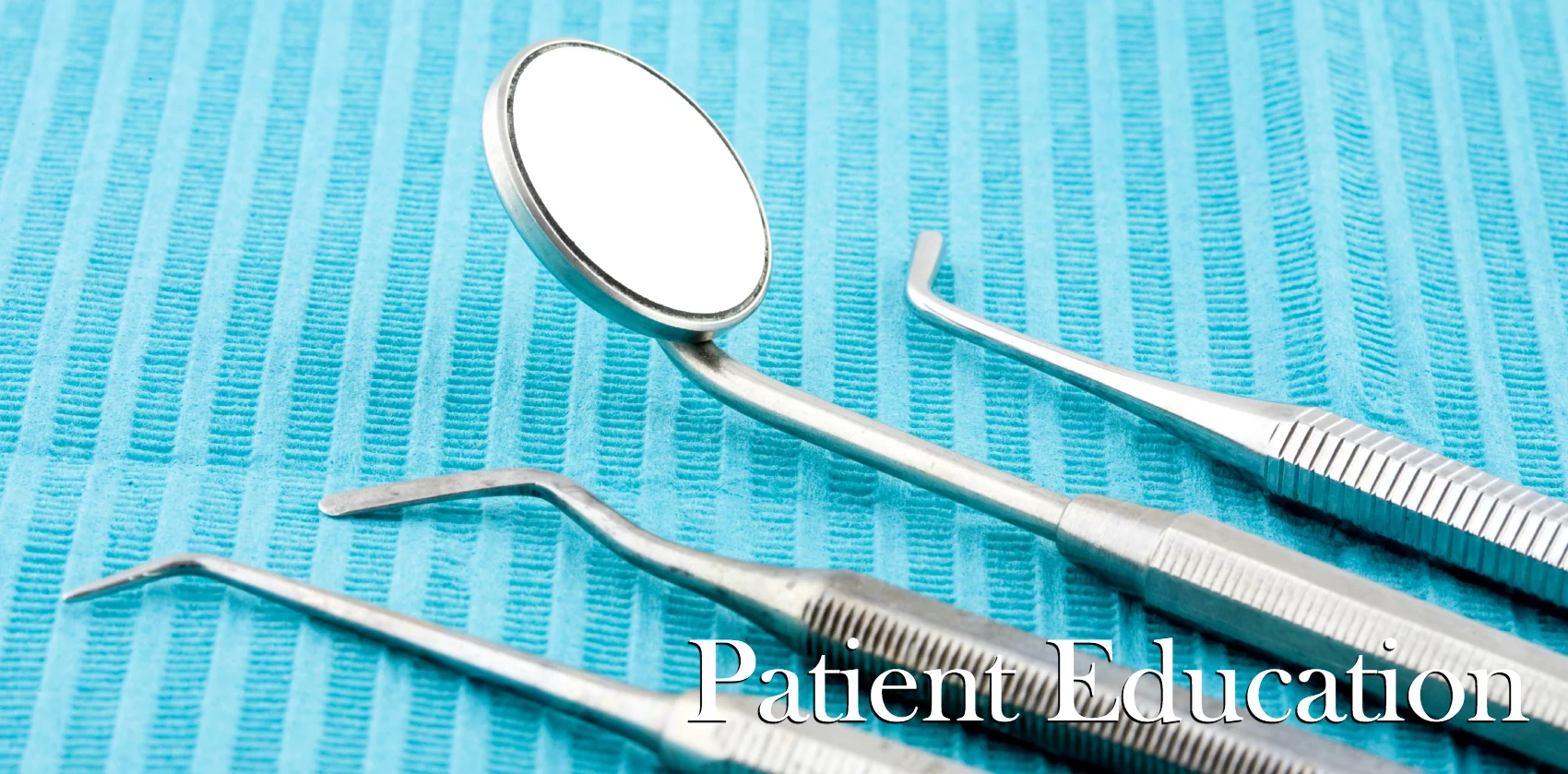Nitrous oxide, also known as "laughing gas," is the most common form of sedation used at dental offices nation wide. It can calm anxious patients and turn a stress filled dental visit into a relaxed experience. With its strong effects, you may be concerned that nitrous oxide has the potential to be harmful when used at dental visits. On the contrary, it is one of the safest relaxation drugs at a dentist's disposal. Take a look!
When administered at a dental office, pure nitrous oxide is mixed with pure oxygen in a mixture not exceeding one-to-one. In this setup, there is actually more oxygen in the nitrous mask than in ambient air, making it safe for those with breathing problems such as asthma. The nitrous system delivers the gas via a nose hood that both provides medicine to the patient and removes it as they exhale. This prevents other occupants in the room from receiving secondary doses of nitrous. It typically takes about five to ten minutes for a patient to feel the effects, and about the same amount of time for the gas to wear off when stopped. Most patients are fine to drive themselves home or return to work after receiving nitrous oxide sedation.
Nitrous oxide works by stimulating receptors in the brain stem to create a calm, sedated and relaxed sensation in the recipient. Contrary to the name "laughing gas," it should make you feel sleepy or compliant during treatment. When used properly (in a healthcare setting with proper equipment) it is virtually impossible to overdose on nitrous. The gas is eliminated from your body by breathing, where you gradually exhale it from your blood supply and back into the nitrous mask.
Naturally, nitrous oxide isn't for everyone and should only be used for patients that truly need sedation. Needlessly adding nitrous to a dental procedure adds unnecessary risks and difficulties to the treatment. If you would like to know more about dental sedation options, nitrous oxide therapy or other ways of coping with dental phobia, please give our office a call!






















